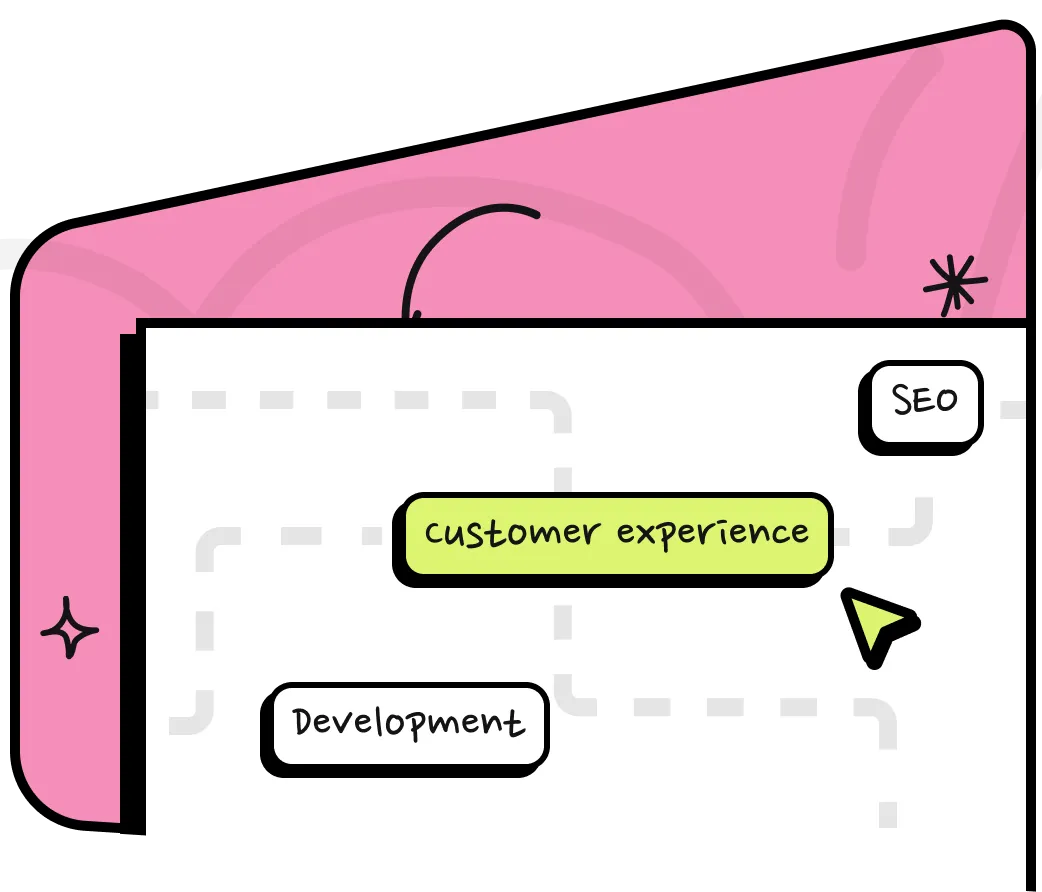Awards & Recognition
We are proud to be recognized for our excellence by important publications around the world.










Voiceflow AI is an advanced platform for creating AI-powered voice assistants, chatbots, and conversational apps. Unlike past coding-heavy approaches, Voiceflow’s easy, low-code/no-code interface allows users to build complex systems without requiring technical skills. It makes it available to many users, including businesses trying to develop customer-facing chatbots and developers creating complex voice apps.






Tools Powering Voiceflow AI Solutions





Understand client goals, use cases, and audience needs. Define the purpose, platforms, and expected outcomes. Gather reference materials and key content inputs.
Design intuitive voice or chat flows with user intent in mind. Map out dialogs, conditions, and user journeys visually. Ensure flows support both happy paths and edge cases.
Testing is a critical step to ensure the app works flawlessly. Developers check for bugs, performance issues, and compatibility with various devices and operating systems. Usability testing also ensures the user interface (UI) is intuitive and responsive.
"Their Voiceflow process is top-notch. They mapped our entire customer journey and converted it into a fully functional AI agent. The testing, training, and optimization were exceptional."
Build smart voice/chat agents for natural conversations. Used in customer support, onboarding, and FAQs.
Quickly design and test AI flows without coding. Helps teams validate ideas before full deployment.
Connect with APIs, CRMs, and databases in real time. Supports complex workflows and dynamic responses.



Sovanza stands out as a leader in Voiceflow AI Services. With a proven history of developing intelligent, user-focused AI solutions, we help businesses automate workflows, enhance conversational interactions, and achieve their digital objectives. Our team’s expertise and client-focused approach ensure every Voiceflow AI solution is tailored to meet your unique business needs. We leverage the latest AI technologies to deliver scalable and impactful results for every client.




To deliver smart and engaging conversational experiences, include features like natural language understanding, multichannel deployment, seamless API integration, personalized interactions, and detailed analytics.
Voiceflow bots understand user input through advanced NLU, enabling smooth, human-like conversations.
Connect your bot to databases, CRMs, or third-party tools for real-time, dynamic responses tailored to user needs.
Deploy bots across platforms like websites, mobile apps, Alexa, Google Assistant, and WhatsApp from a single flow.
Use variables, conditions, and analytics to customize user journeys and measure performance for improvements.
Designed to cover essential features with a focus on simplicity and functionality.
Built for scalable, high-performance projects with advanced features.
Tailored for large, fully customized solutions with advanced security and infrastructure.
It is a low-code/no-code platform enabling businesses to build and deploy AI-powered voice assistants, chatbots, and interactive applications without advanced programming expertise. It offers seamless interactions with numerous platforms, including Amazon Alexa, Google Assistant, and web-based robots.
Voiceflow AI helps businesses automate customer support, improve engagement, and enhance operational efficiency. With features like natural language processing (NLP), real-time analytics, and multi-platform support, companies can provide personalized, efficient, and scalable AI-driven interactions.
At Sovanza, we provide end-to-end Voiceflow AI solutions, including strategy development, customization, integration, deployment, and ongoing support. Our experts ensure businesses across the USA can seamlessly integrate AI-powered assistants into their operations with minimal disruption.
Yes, Voiceflow AI is designed to integrate with various platforms and APIs, allowing businesses to connect their voice/chat applications with CRM systems, databases, and other enterprise tools for a seamless experience.
No. Voiceflow offers a user-friendly interface and guided workflows, but our team can also provide expert setup and customization for more complex solutions.
We are proud to be recognized for our excellence by important publications around the world.




Build AI, blockchain, and growth systems that compound results.